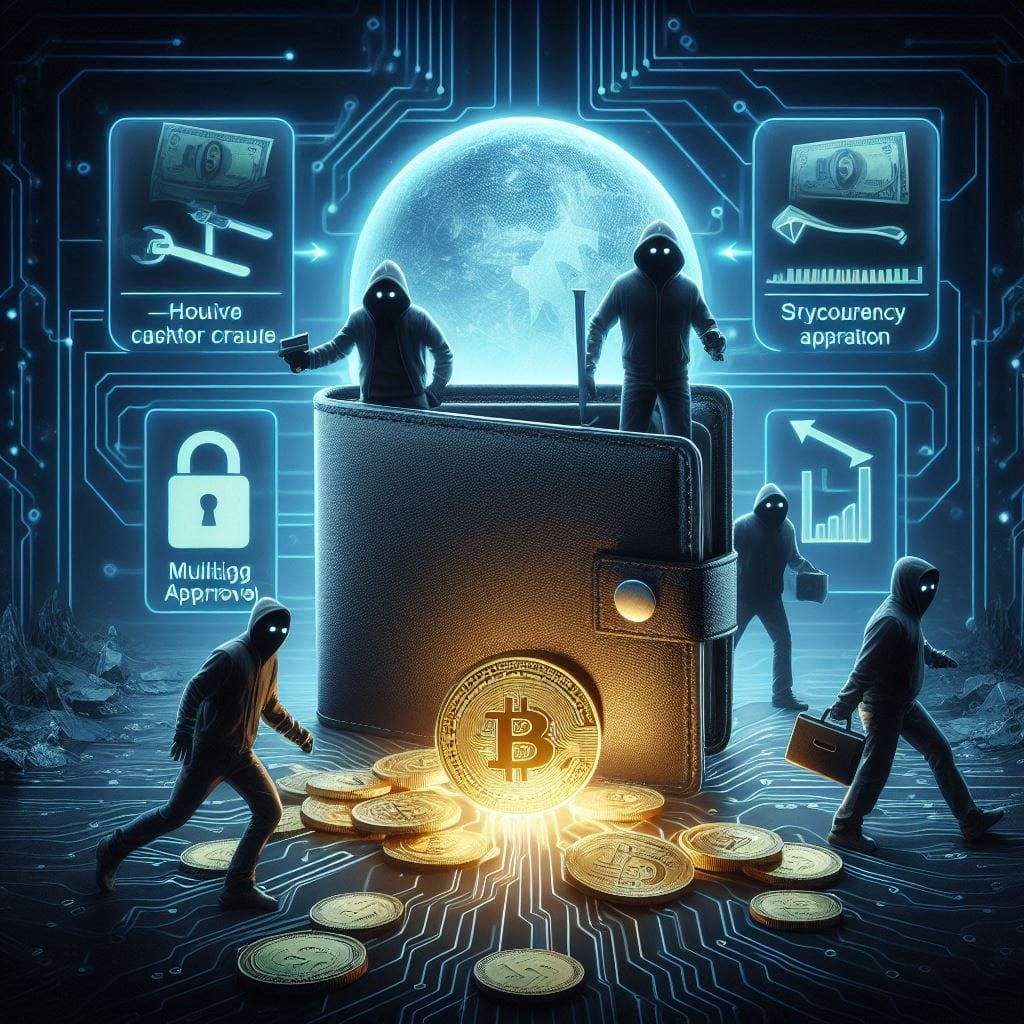The $230 Million WazirX Hack: How It Happened and What It Means for Crypto Users
On July 18, 2024, the cryptocurrency world was shaken by a devastating cyber attack on the popular exchange WazirX. Hackers managed to steal over $230 million worth of digital assets, making it one of the largest crypto heists of the year

Timeline of the Attack
The attack targeted one of WazirX’s multisig wallets, which was managed using Liminal’s digital asset custody and wallet infrastructure. The breach resulted in the theft of ETH and ERC20 tokens, while other blockchain funds remained unaffected.
The hacked wallet had six signatories – five from WazirX and one from Liminal. A typical transaction required approval from three WazirX signatories using Ledger Hardware Wallets, followed by final approval from Liminal’s signatory.

WazirX's Response
WazirX immediately engaged Mandiant Solutions, a Google subsidiary, to conduct a forensic analysis. Mandiant’s preliminary report stated that they did not find evidence of compromise on the three laptops used for signing transactions.
The exchange also launched a customer poll to gather input on the way forward and continued coordinating with other exchanges to recover the stolen funds

Impact on Users
The hack has had a devastating impact on WazirX’s 16 million users, many of whom have lost their life savings. The exchange’s restructuring plans now depend on the resolution of the ownership dispute with Binance.

Moving Forward
As WazirX works to recover from this attack, users are left with uncertainty and dashed hopes. The exchange has been transparent in its communication, providing regular updates on its blog and social media channels.
To stay informed about the latest developments, users are advised to follow WazirX’s official channels, including its day-wise report on the cyberattack

Conclusion
The WazirX hack serves as a stark reminder of the importance of robust security measures in the cryptocurrency space. As the industry continues to evolve, it is crucial for exchanges to prioritize user protection and work towards restoring trust in the ecosystem.




